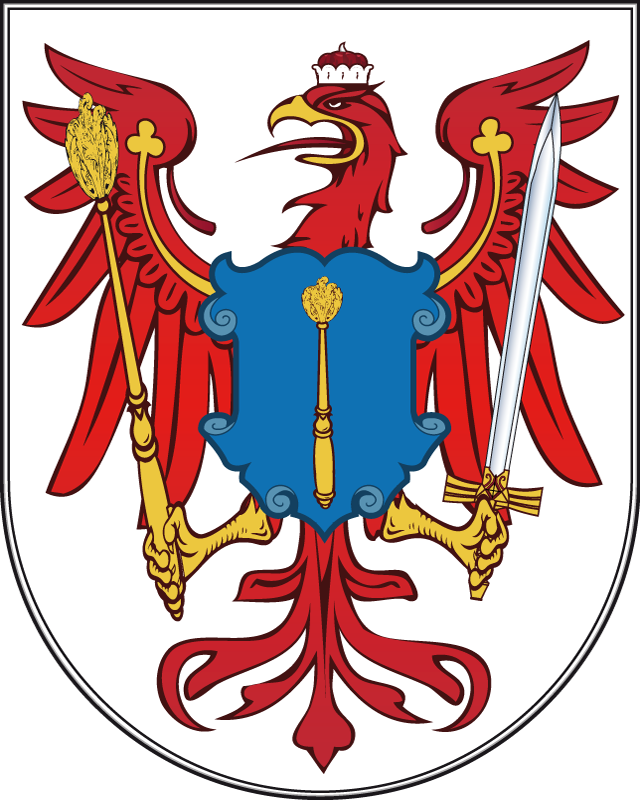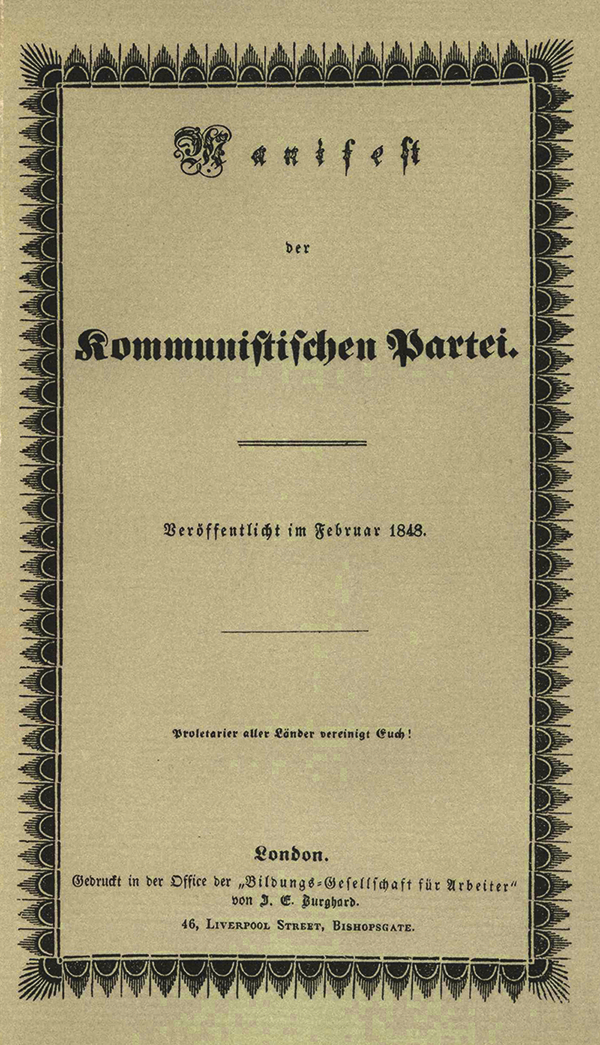|
Republic Of Ostrów
The Republic of Ostrów ( pl, Republika Ostrowska) was a short-lived autonomous republic in the Polish area of Ostrów Wielkopolski. The republic, declared on 10 November 1918, Gazeta OstrowskaPrzewrót bez jednego wystrzału/ref>Dwutygodnik Opiekun/ref> intended to liberate Poles from Prussia and the German Empire. It was formed about a month before the Greater Poland Uprising. Background The Polish–Lithuanian Commonwealth was partitioned by Russia, Prussia and Austria during the 18th century. In the second partition, the Greater Poland region, including the town of Ostrów were annexed by Prussia. Throughout the 19th century and into the start of the 20th, the town and the region were a center of the Polish independence movement. End of German rule During the autumn of 1918, the imminent defeat of Germany and Austria-Hungary in the First World War and the dissolution of the Russian Empire following the Russian Revolution raised the possibility that an independent P ... [...More Info...] [...Related Items...] OR: [Wikipedia] [Google] [Baidu] |
Autonomous Republic
An autonomous republic is a type of administrative division similar to a province or Federated state, state. A significant number of autonomous republics can be found within the successor states of the Soviet Union, but the majority are located within Russia. Many of these republics were established during the Soviet period as Autonomous Soviet Socialist Republics of the Soviet Union, Autonomous Soviet Socialist Republics, or ASSRs. Autonomous republics within the former republics of the Soviet Union *Republics of Russia *Azerbaijan: Nakhchivan Autonomous Republic *Georgia (country), Georgia: Adjara, Government of the Autonomous Republic of Abkhazia, Abkhazia (currently controlled by the pro-Russian separatist government of the Abkhazia, Republic of Abkhazia) *Ukraine: Autonomous Republic of Crimea, Crimea (disputed with and occupied by Russia) *Uzbekistan: Karakalpakstan *Tajikistan: Gorno-Badakhshan Eastern Europe * Autonomous Republic of Northern Epirus * Comrat Republic (1 ... [...More Info...] [...Related Items...] OR: [Wikipedia] [Google] [Baidu] |
Soldiers' Council
A workers' council or labor council is a form of political and economic organization in which a workplace or municipality is governed by a council made up of workers or their elected delegates. The workers within each council decide on what their agenda is and what their needs are. The council communist Pannekoek describes shop-committees and sectional assemblies as the basis for workers' management of the industrial system. A variation is a soldiers' council, where soldiers direct a mutiny. Workers and soldiers have also operated councils in conjunction (like the 1918 German ''Arbeiter- und Soldatenrat''). Workers' councils may in turn elect delegates to central committees, such as the Congress of Soviets. In such a system, the workers themselves are able to exercise decision-making power. Some socialists believe that workers' councils are necessary for the organization of a proletarian revolution and the implementation of a communist society. A works council is distinc ... [...More Info...] [...Related Items...] OR: [Wikipedia] [Google] [Baidu] |
Poznań
Poznań () is a city on the River Warta in west-central Poland, within the Greater Poland region. The city is an important cultural and business centre, and one of Poland's most populous regions with many regional customs such as Saint John's Fair (''Jarmark Świętojański''), traditional Saint Martin's croissants and a local dialect. Among its most important heritage sites are the Renaissance Old Town, Town Hall and Gothic Cathedral. Poznań is the fifth-largest and one of the oldest cities in Poland. As of 2021, the city's population is 529,410, while the Poznań metropolitan area (''Metropolia Poznań'') comprising Poznań County and several other communities is inhabited by over 1.1 million people. It is one of four historical capitals of medieval Poland and the ancient capital of the Greater Poland region, currently the administrative capital of the province called Greater Poland Voivodeship. Poznań is a center of trade, sports, education, technology an ... [...More Info...] [...Related Items...] OR: [Wikipedia] [Google] [Baidu] |
Kalisz
(The oldest city of Poland) , image_skyline = , image_caption = ''Top:'' Town Hall, Former "Calisia" Piano Factory''Middle:'' Courthouse, "Gołębnik" tenement''Bottom:'' Aerial view of the Kalisz Old Town , image_flag = POL Kalisz flag.svg , flag_border = no , image_shield = POL Kalisz COA.svg , pushpin_map = Poland Greater Poland Voivodeship#Poland , pushpin_relief = 1 , pushpin_label_position = bottom , subdivision_type = Country , subdivision_name = , subdivision_type1 = Voivodeship , subdivision_name1 = , subdivision_type2 = County , subdivision_name2 = ''city-county'' , leader_title = Mayor , leader_name = Krystian Kinastowski , established_title = Established , established_date = 9th century , established_title3 = Town rights , established_date3 = after 1268 , area_total_km2 = 69.42 , population_as_of = 31 December 2021 , population_total = 97,905 ( 38th) Data for territorial unit 3061000. , population_density_km2 = 1472 , timezone = CET , utc ... [...More Info...] [...Related Items...] OR: [Wikipedia] [Google] [Baidu] |
Szczypiorno
Szczypiorno is a municipal neighbourhood of the city of Kalisz, Poland, located in its south-western part. Formerly until 1976 a separate village at the outskirts of the city, it is best known as a seat of a World War I and Polish–Soviet War prisoner of war camp and the name-sake for ''szczypiorniak'', the Polish language name for the game of handball. Transport The borough is located along the National Road 25 linking Kalisz with Ostrów Wielkopolski. There is a Kalisz Szczypiorno railway station located in the neighbourhood. History As part of the region of Greater Poland, i.e. the cradle of the Polish state, the area formed part of Poland since its establishment in the 10th century. Szczypiorno was a private village of Polish nobility, incl. the Scipierski family, administratively located in the Kalisz County in the Kalisz Voivodeship in the Greater Poland Province of the Kingdom of Poland. In the 19th century Szczypiorno with its garden, forest and restaurants was a po ... [...More Info...] [...Related Items...] OR: [Wikipedia] [Google] [Baidu] |
Wielkopolska
Greater Poland, often known by its Polish name Wielkopolska (; german: Großpolen, sv, Storpolen, la, Polonia Maior), is a historical region of west-central Poland. Its chief and largest city is Poznań followed by Kalisz, the oldest city in Poland. The boundaries of Greater Poland have varied somewhat throughout history. Since the Middle Ages, Wielkopolska proper has been split into the Poznań and Kalisz voivodeships. In the wider sense, it also encompassed Sieradz, Łęczyca, Brześć Kujawski and Inowrocław voivodeships, which were situated further eastward. After the Partitions of Poland at the end of the 18th century, Greater Poland was incorporated into Prussia as the Grand Duchy of Posen. The region in the proper sense roughly coincides with the present-day Greater Poland Voivodeship ( pl, województwo wielkopolskie). Like the historical regions of Pomerania, Silesia, Mazovia or Lesser Poland, the Greater Poland region possesses its own distinctive folk costume ... [...More Info...] [...Related Items...] OR: [Wikipedia] [Google] [Baidu] |
Naczelna Rada Ludowa
The Supreme People's Council ( pl, Naczelna Rada Ludowa, NRL) was a political organization in the Prussian Partition of Poland, which played a major role during the Greater Poland Uprising (1918–19). It was established in 1916 in Poznań as an underground Interparty Committee (Komitet Międzypartyjny), also known as the Central Citizen's Committee (Centralny Komitet Obywatelski). After the World War I armistice, the committee renamed itself to the People's Council and later to the Supreme People's Council. The Council self-disbanded on August 19, 1919, when the power in the area was transferred to the re-united Second Polish Republic The Second Polish Republic, at the time officially known as the Republic of Poland, was a country in Central Europe, Central and Eastern Europe that existed between 1918 and 1939. The state was established on 6 November 1918, before the end of ...."Kronika Miasta Poznania" nr 4, 1998, Naczelna Rada Ludowa. References 1916 establishments i ... [...More Info...] [...Related Items...] OR: [Wikipedia] [Google] [Baidu] |
Berlin
Berlin is Capital of Germany, the capital and largest city of Germany, both by area and List of cities in Germany by population, by population. Its more than 3.85 million inhabitants make it the European Union's List of cities in the European Union by population within city limits, most populous city, as measured by population within city limits having gained this status after the United Kingdom's, and thus London's, Brexit, departure from the European Union. Simultaneously, the city is one of the states of Germany, and is the List of German states by area, third smallest state in the country in terms of area. Berlin is surrounded by the state of Brandenburg, and Brandenburg's capital Potsdam is nearby. The urban area of Berlin has a population of over 4.5 million and is therefore the most populous urban area in Germany. The Berlin/Brandenburg Metropolitan Region, Berlin-Brandenburg capital region has around 6.2 million inhabitants and is Germany's second-largest metropolitan reg ... [...More Info...] [...Related Items...] OR: [Wikipedia] [Google] [Baidu] |
Władysław Wawrzyniak
Władysław Wawrzyniak (15 May 1890 – 1940) was a Polish military commander, holding the rank of major. Władysław Wawrzyniak was born in 1890 in the Polish village Antonin in the German Province of Posen. He finished the Gymnasium in Ostrów (Ostrowo) and studied law at the Universities of Munich and Breslau (Wrocław). He was an active participant in the events of the Republic of Ostrów and was given command of the newly formed First Polish Infantry Regiment which was formally sworn in on 13 November 1918.Dwutygodnik Opiekun, webpagCud zmartwychstania Polski (Miracle of the resurrection of Poland) A couple of weeks later the unit was disbanded under pressure from German authorities and those in Poznań. The soldiers of the First Regiment made their way to the territory of Second Polish Republic. Some of the weapons and ammunition were evacuated from Ostrów to Kalisz too. A new unit called "Oddzial Poznanski" was formed and Wawrzyniak was given command.Monthly cultural m ... [...More Info...] [...Related Items...] OR: [Wikipedia] [Google] [Baidu] |
Fourteen Points
U.S. President Woodrow Wilson The Fourteen Points was a statement of principles for peace that was to be used for peace negotiations in order to end World War I. The principles were outlined in a January 8, 1918 speech on war aims and peace terms to the United States Congress by President Woodrow Wilson. However, his main Allied colleagues ( Georges Clemenceau of France, David Lloyd George of the United Kingdom, and Vittorio Emanuele Orlando of Italy) were skeptical of the applicability of Wilsonian idealism. The United States had joined the Triple Entente in fighting the Central Powers on April 6, 1917. Its entry into the war had in part been due to Germany's resumption of submarine warfare against merchant ships trading with France and Britain and also the interception of the Zimmermann Telegram. However, Wilson wanted to avoid the United States' involvement in the long-standing European tensions between the great powers; if America was going to fight, he wanted to ... [...More Info...] [...Related Items...] OR: [Wikipedia] [Google] [Baidu] |
Manifesto
A manifesto is a published declaration of the intentions, motives, or views of the issuer, be it an individual, group, political party or government. A manifesto usually accepts a previously published opinion or public consensus or promotes a new idea with prescriptive notions for carrying out changes the author believes should be made. It often is political, social or artistic in nature, sometimes revolutionary, but may present an individual's life stance. Manifestos relating to religious belief are generally referred to as creeds or, a confession of faith. Etymology It is derived from the Italian word ''manifesto'', itself derived from the Latin ''manifestum'', meaning clear or conspicuous. Its first recorded use in English is from 1620, in Nathaniel Brent's translation of Paolo Sarpi's ''History of the Council of Trent'': "To this citation he made answer by a Manifesto" (p. 102). Similarly, "They were so farre surprised with his Manifesto, that they would never ... [...More Info...] [...Related Items...] OR: [Wikipedia] [Google] [Baidu] |




